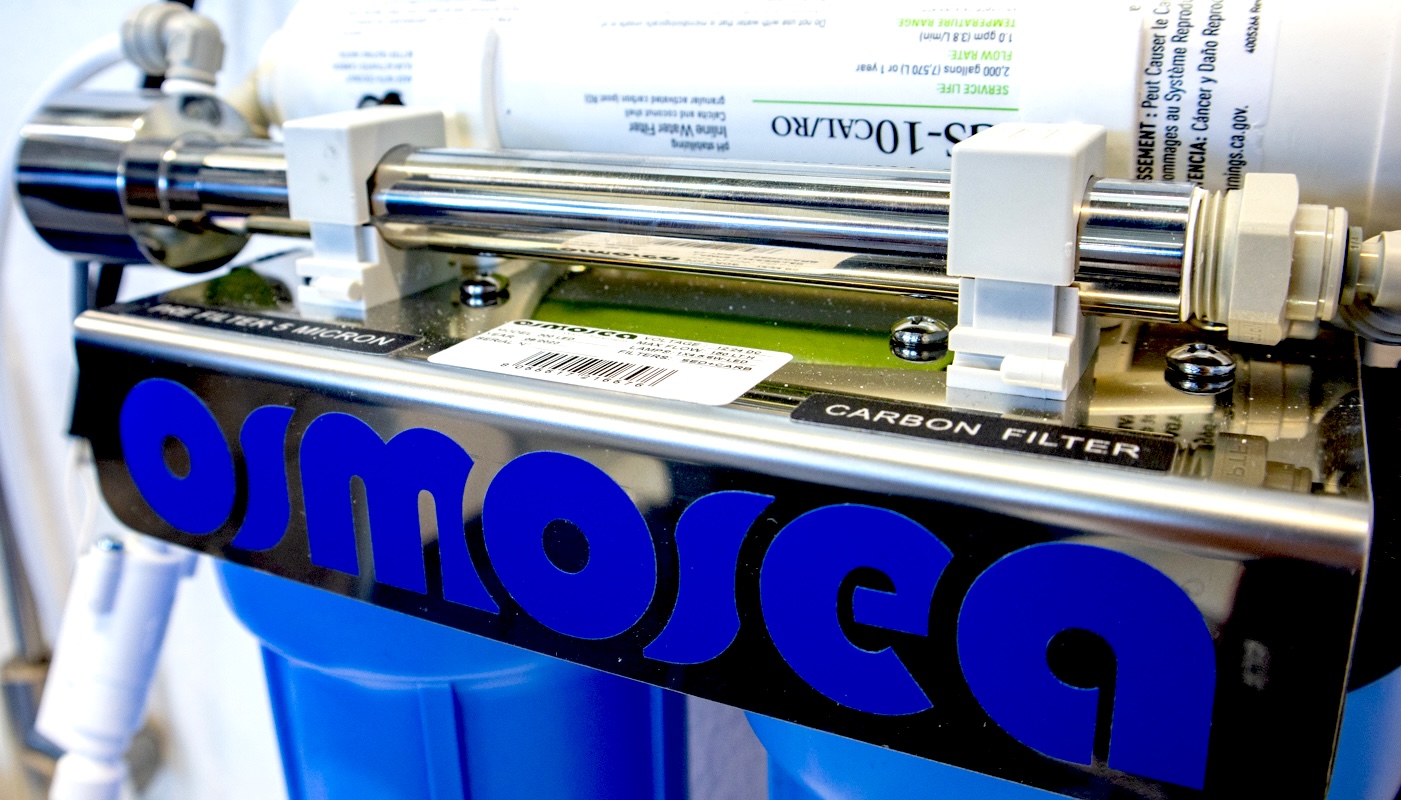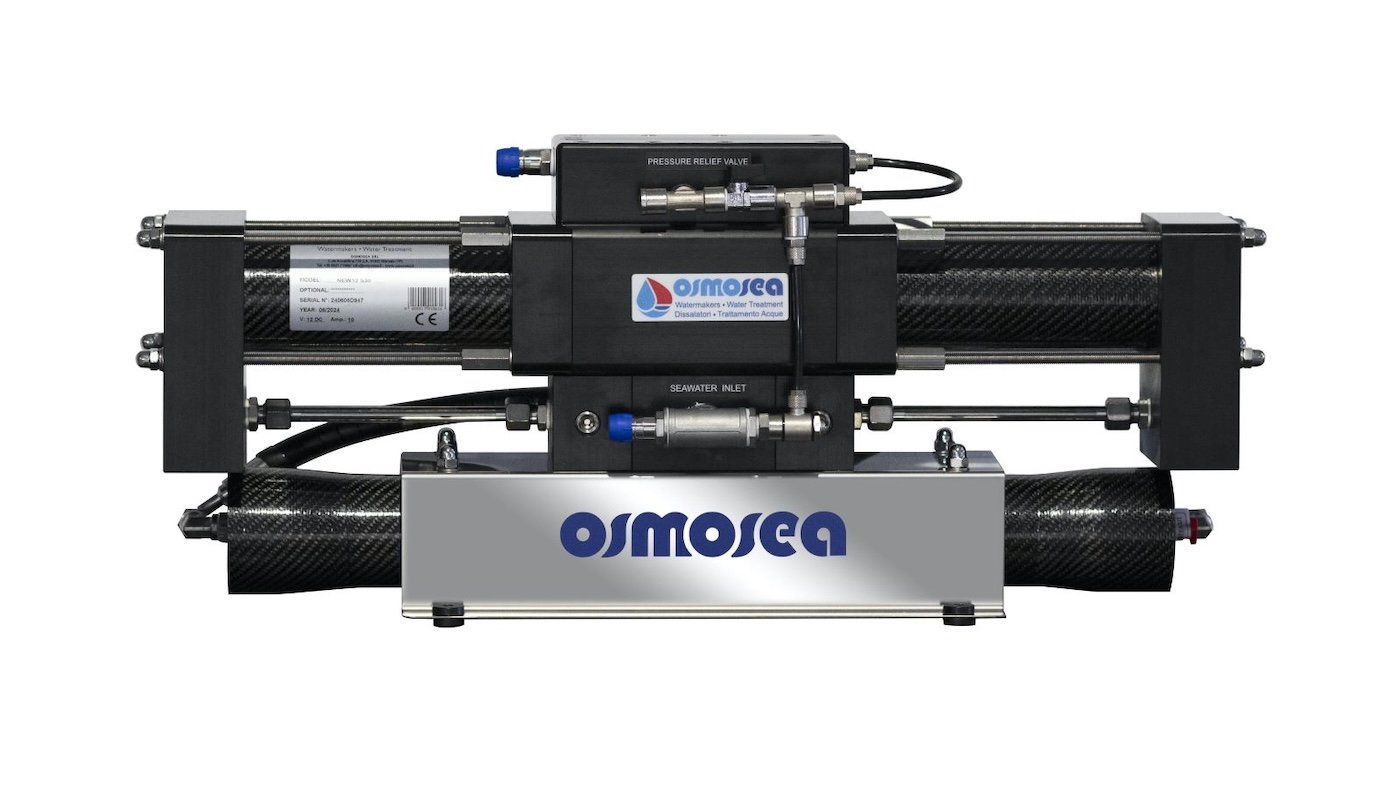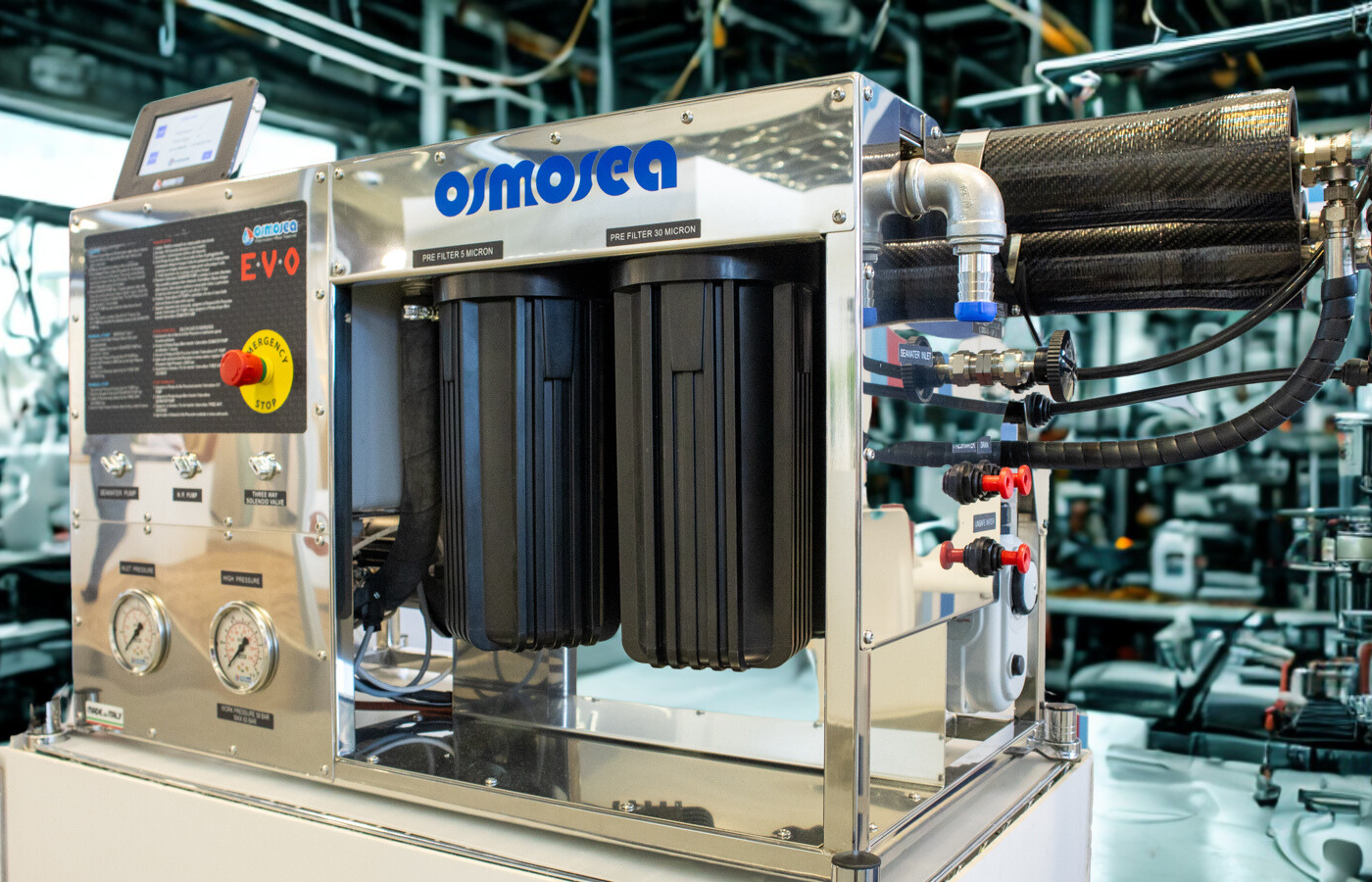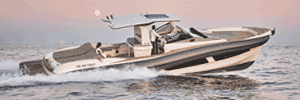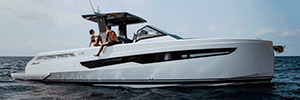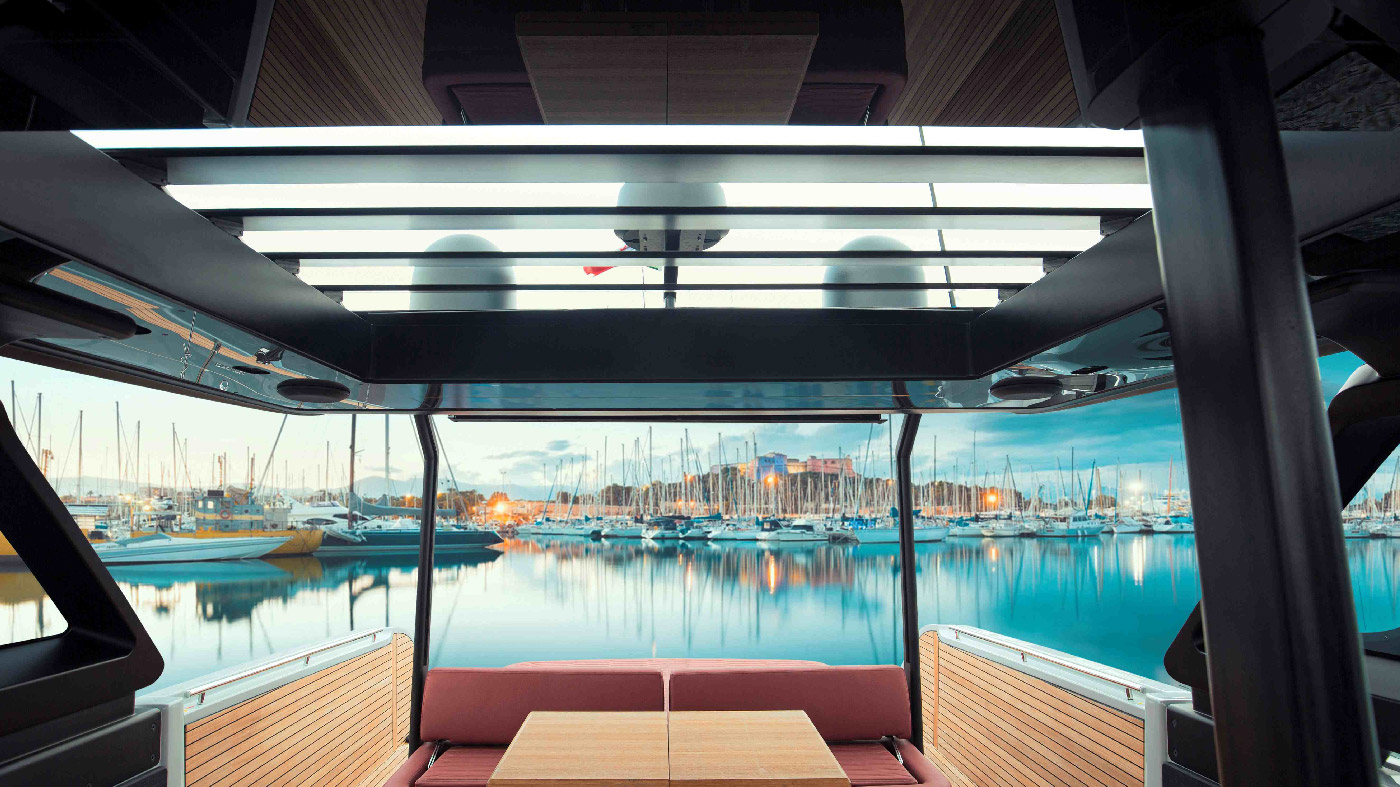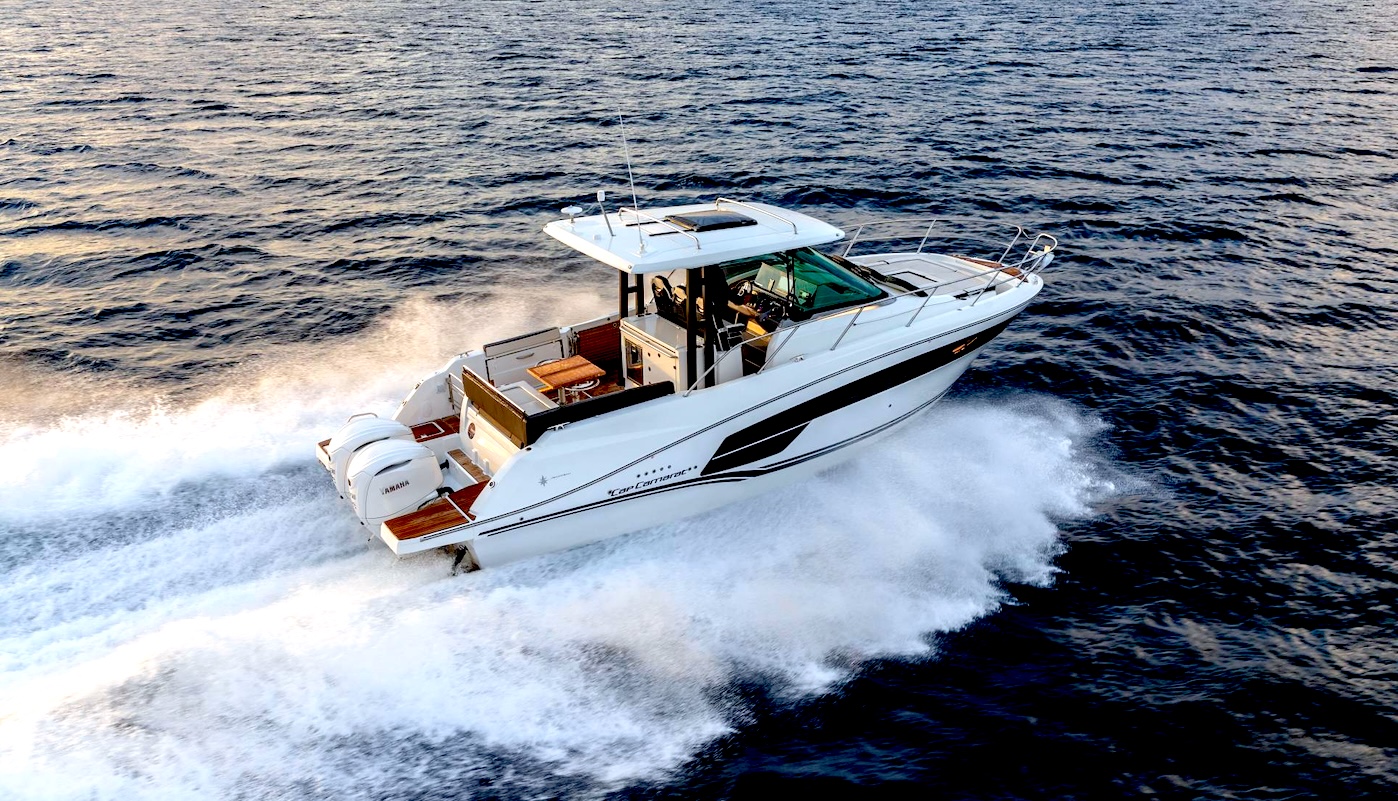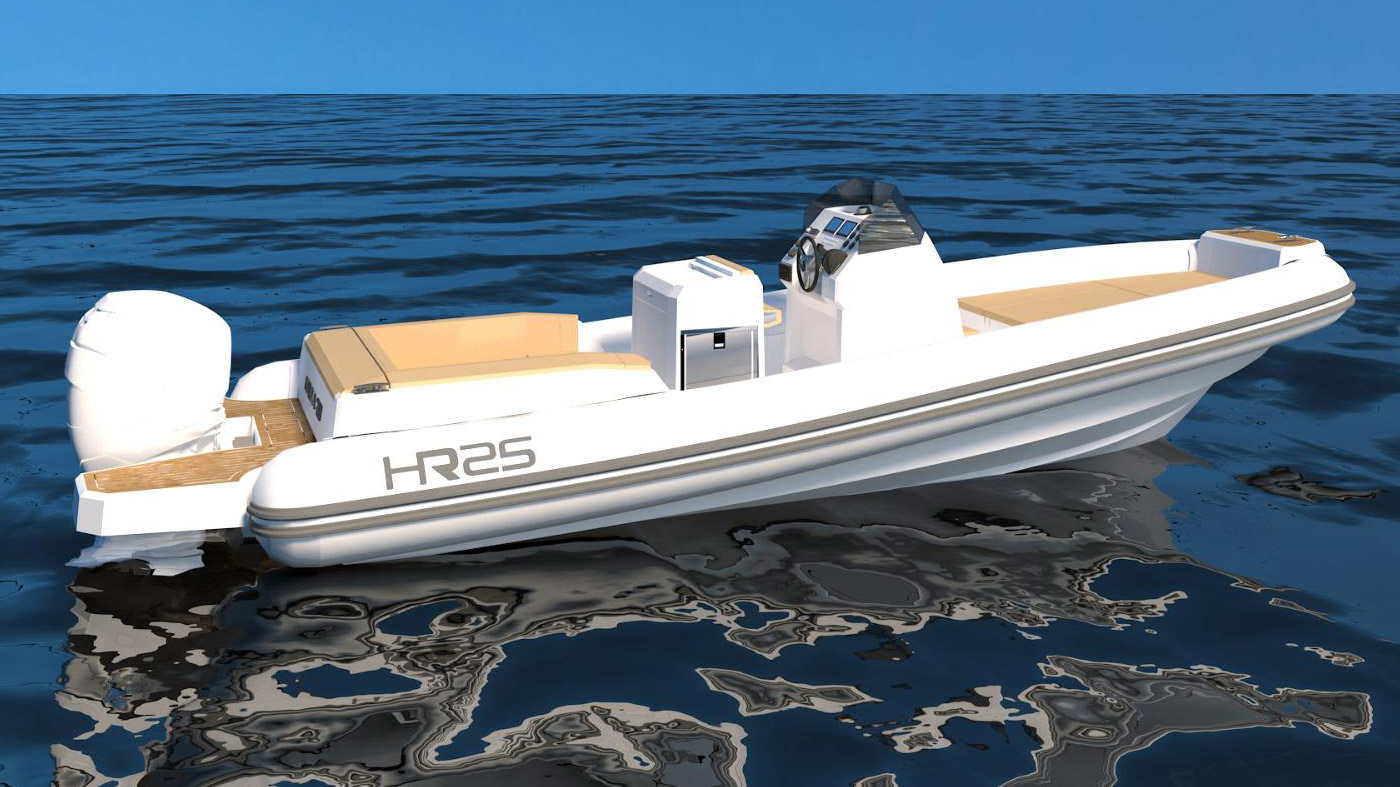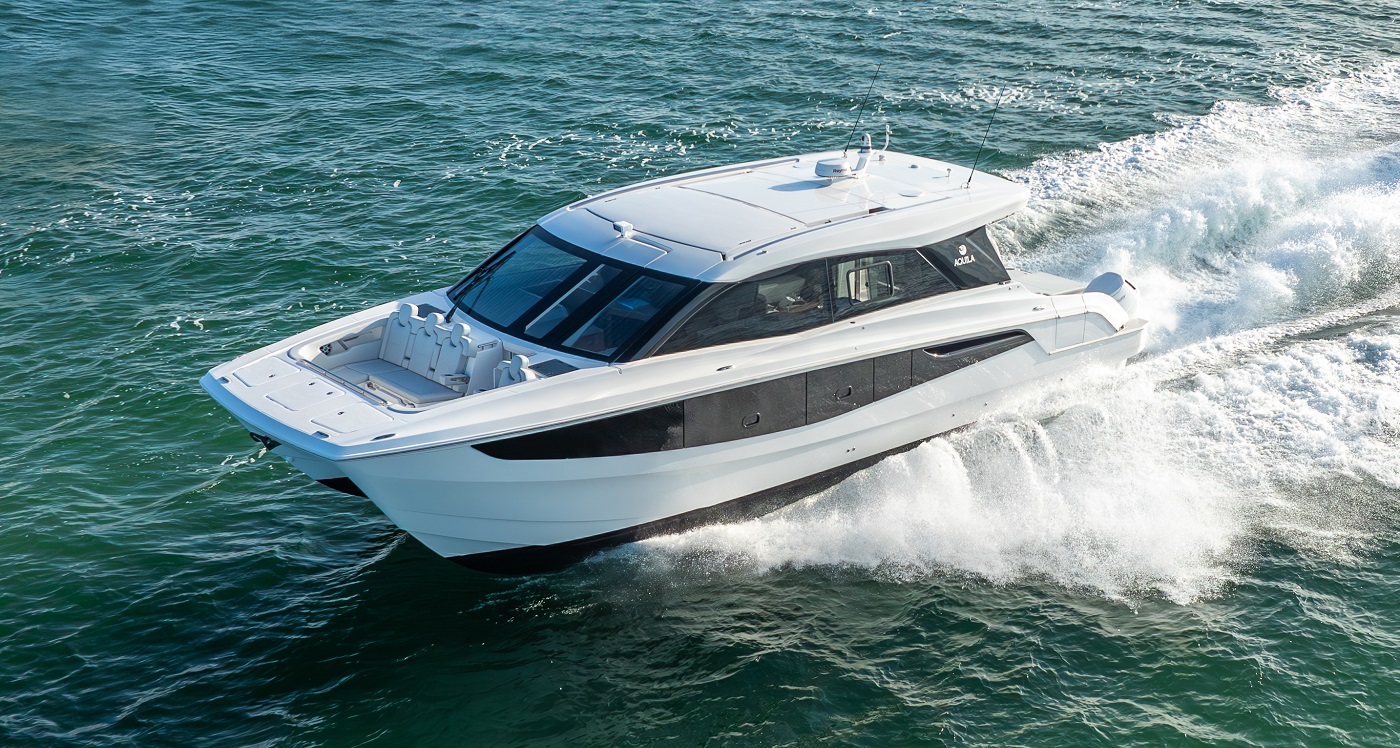A watermaker is designed to produce fresh water from seawater. It’s ideal for nautical use—reliable, compact, and easy to manage. We spoke with Mario Alagna, one of the owners of OSMOSEA, an Italian company with over 15 years of experience in the design, production, and distribution of reverse osmosis watermakers and purifiers. He explained how to properly install this essential accessory and, above all, how to keep it in top working condition given its importance on board.
How to install a watermater
The watermaker kit usually includes the following components:
• Main watermaker unit
• Remote panel (if applicable)
• Feed pump
• Sediment pre-filter
• Activated carbon post-filter
• Activated carbon flushing filter
• Filter wrench
• Tubing and fittings
As for positioning, OSMOSEA recommends installing the watermaker in a dry, well-ventilated area (the engine room is not recommended unless it has proper ventilation). It should be easily accessible for maintenance, and away from heat sources and exhaust fumes.
It is important to install the feed pump as close as possible to the dedicated seawater intake, which should be equipped with a ball valve and, if possible, located below the waterline.
The hydraulic connections are quite simple: just connect the intake hose to the existing seawater through-hull or install a new one (recommended diameter: 1⁄2” or 3/4”).
It is recommended to install a basket strainer before the feed pump. The pre-filter should be placed between the feed pump and the main watermaker unit, using 5-micron filter cartridges.
For the discharge, connect the brine outlet to a hull through-fitting or siphon. For the freshwater outlet, it is advisable to connect a suitable hose to the top part of the tank (e.g., 10 mm PE or PVC) and avoid long runs whenever possible.
As for electrical connections, check the voltage (e.g., 12V, 24V, or 230V depending on the model) and connect the control unit to the electrical panel with appropriate protection (fuse or circuit breaker). If required, connect the remote control panel. Osmosea always includes a manual in the installation kit, complete with an electrical diagram and easy-to-follow steps.
First Start-Up
Special care should be taken during the first start-up. Mario Alagna confirms that, to ensure the hydraulic connections are correct, it’s best to proceed as follows: first, open the seawater intake and turn on only the feed pump.
If there are no leaks and the inlet pressure reaches at least 1.5 bar, you can then switch off the feed pump and start the main system.
At this point, the system should reach full operation and begin producing fresh water.
Watermaker: precautions to take
It is important to avoid running the feed water pump without incoming water for extended periods during the initial start-up/priming phase, in order to prevent irreversible damage. Therefore, it is essential to ensure that the seawater intake valve is open and that the pipe upstream of the feed pump is filled with water. “And – adds Mario Alagna – immediately stop operation in the event of abnormal vibrations or leaks. In such cases, electrically isolate the desalination unit before performing any maintenance work”.
What maintenance does a watermaker require?
The essential maintenance tasks for optimal performance are few and very simple, confirms the owner of OSMOSEA. Replace the pre-filters every 100–150 hours of use or once a month, perform a chemical cleaning if production starts to drop, keep the system clean with the “flush” cycle, and, in case of prolonged inactivity, run a preservation treatment with a special storage solution.
What issues might arise?
The main cause of damage to a watermaker is failing to open the seawater intake, which can seriously damage the feed pump—so always check the system before starting it.
A second issue can occur when using the system while navigating in rough seas, as air may enter the pipes and disrupt the system’s operation.
It’s also important to run the watermaker in clean water, as dirty or polluted water can clog the filters prematurely or damage the osmosis membranes.
The watermaker is a relatively simple machine, but it must be operated and maintained with care, following a few basic rules, concludes Mario Alagna.

